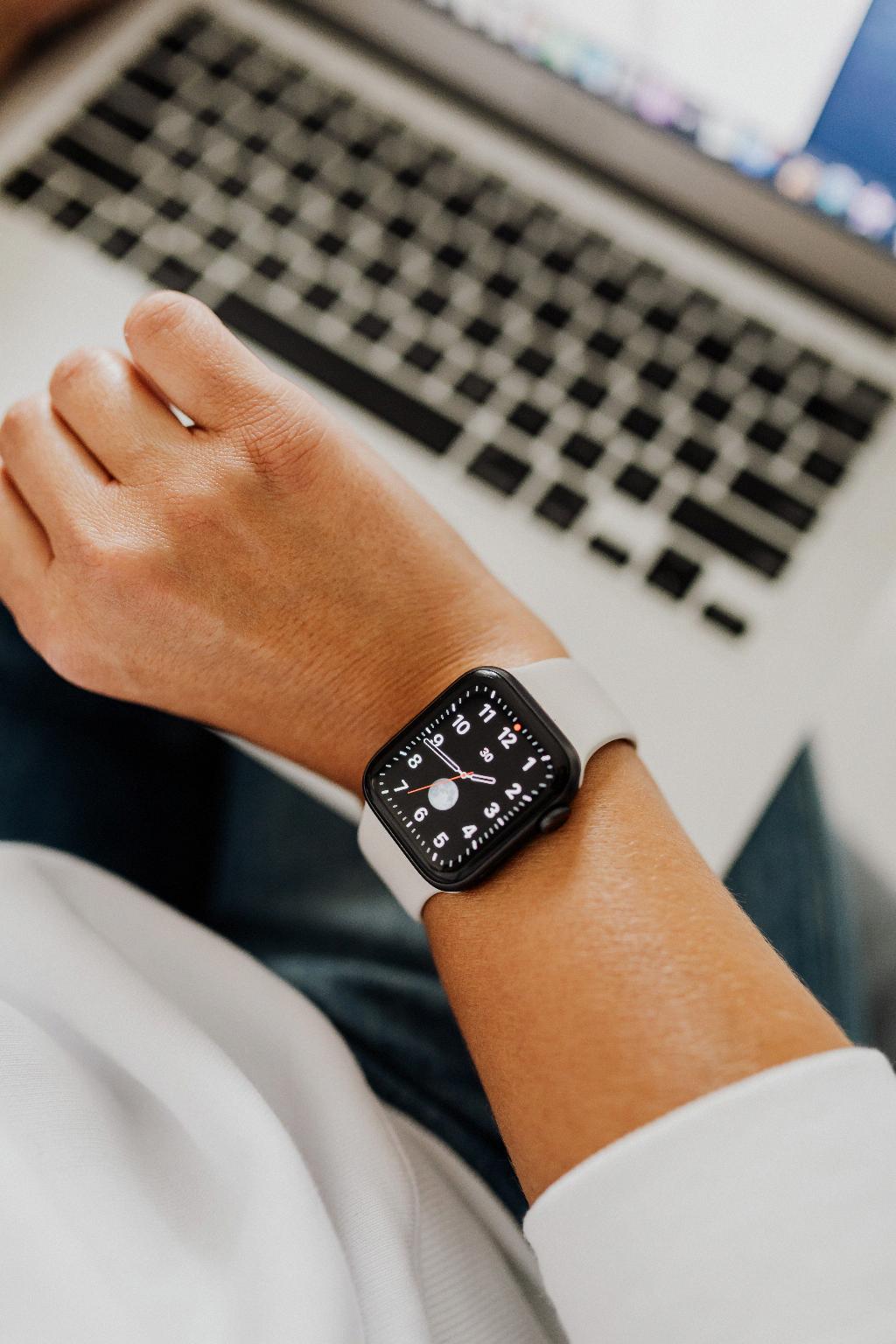When it comes to wearable technology, the Apple Watch has undoubtedly made its mark in the market. With its sleek design, innovative features, and the backing of the Apple brand, it is a popular choice for many users. However, like any other product, the Apple Watch comes with its own set of disadvantages that potential buyers should be aware of before making a purchase.
Price Consideration
One of the primary drawbacks of the Apple Watch is its price. Compared to other smartwatches available in the market, the Apple Watch is relatively expensive, making it a significant investment for users. The higher cost of the device may not be feasible for budget-conscious individuals or those looking for a more affordable option.
Battery Life Concerns
Another disadvantage of the Apple Watch is its battery life. Users often find themselves needing to charge the device every day or two, which can be inconvenient for those who prefer a longer battery life between charges. The need for frequent charging may disrupt the user experience, especially for individuals with busy lifestyles.
Limitation to iPhone Compatibility
One significant limitation of the Apple Watch is its compatibility with iPhones only. If you do not own an iPhone and use an Android device instead, you will not be able to pair your Apple Watch with your smartphone. This restriction narrows down the potential user base of the Apple Watch, limiting its accessibility to a specific group of smartphone users.
Lack of Standalone Functionality
Unlike some other smartwatches on the market, the Apple Watch relies heavily on being tethered to an iPhone for full functionality. This means that certain features and functionalities may be limited if the Apple Watch is used without an iPhone nearby. The lack of standalone functionality may be a drawback for users who prefer a more independent wearable device.
Small Screen Size
Another potential disadvantage of the Apple Watch is its relatively small screen size compared to other smartwatches. The smaller display may make it challenging to interact with certain apps or features, especially for users with larger fingers or visual impairments. The compact screen size may not be ideal for tasks that require extensive screen real estate.
Dependence on iOS Ecosystem
As an Apple product, the Apple Watch is deeply integrated into the iOS ecosystem. While this integration offers seamless connectivity with other Apple devices, it also means that users are locked into the Apple ecosystem. This dependence on iOS may limit the device’s compatibility with non-Apple products and services, which could be a drawback for users looking for more flexibility in their device choices.
Health and Fitness Data Privacy
For users concerned about privacy and data security, the Apple Watch may pose some risks. The device collects and stores a significant amount of health and fitness data, which could be a potential target for hackers or unauthorized access. Users must be cautious about how their personal information is stored and protected on the Apple Watch to mitigate any privacy concerns.
Water Resistance Limitations
While the Apple Watch is marketed as water-resistant, it has some limitations in terms of its water resistance capabilities. The device may not be fully waterproof and is susceptible to damage if exposed to excessive amounts of water or submerged for extended periods. Users should exercise caution when using the Apple Watch in wet environments to prevent any water-related damage.
Design Customization Constraints
Unlike traditional watches, the Apple Watch has limited design customization options. While users can choose from a range of interchangeable bands and cases, the overall design and aesthetic of the device remain consistent with Apple’s branding. Users looking for more personalization and customization options for their wearable device may find the Apple Watch’s design constraints limiting.
Third-Party App Selection
Although the Apple Watch boasts a wide selection of apps available in the App Store, it may not offer the same level of customization and variety as other smartwatch platforms. Users may find limitations in the types of third-party apps available for the Apple Watch, restricting their ability to personalize the device or access specific functionalities compared to other wearable devices.
Accessibility Concerns
Users with certain accessibility needs may find the Apple Watch lacking in features that cater to their specific requirements. The device’s interface, functionality, and design may not be optimized for individuals with visual or auditory impairments, motor disabilities, or other accessibility challenges. Users with accessibility concerns should carefully consider whether the Apple Watch meets their unique needs before making a purchase.

Conclusion
In conclusion, while the Apple Watch offers a plethora of features and benefits as a smartwatch, it also comes with its own set of disadvantages that users should take into account. From its price and battery life to its compatibility limitations and design constraints, the Apple Watch may not be the ideal choice for everyone. By understanding these drawbacks and considering their individual preferences and requirements, users can make an informed decision about whether the Apple Watch aligns with their needs and expectations in a wearable device.
